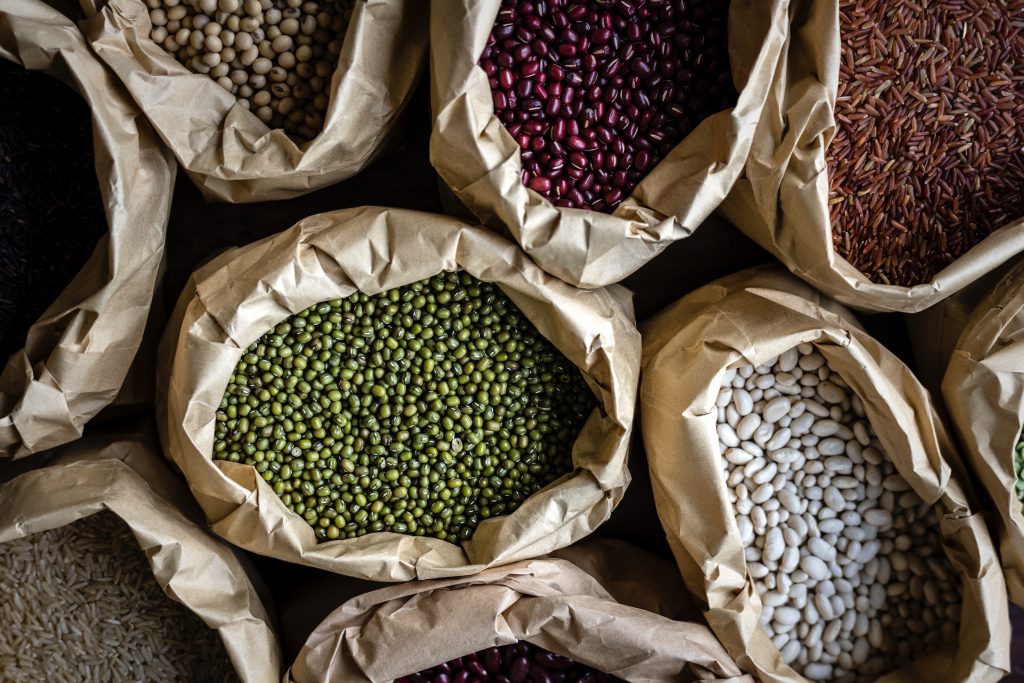 If you want to get healthy, but don’t want to give up burgers and ribs, the Flexitarian diet is the diet that’s best for you. Ranked No. 3 in Best Diets of 2019 on US News & World Report, a Flexitarian diet meets you where you’re at.
If you want to get healthy, but don’t want to give up burgers and ribs, the Flexitarian diet is the diet that’s best for you. Ranked No. 3 in Best Diets of 2019 on US News & World Report, a Flexitarian diet meets you where you’re at. How Does a Flexitarian Diet Work?
How Does a Flexitarian Diet Work? Health Benefits of a Flexitarian Diet
Health Benefits of a Flexitarian Diet 3-Day Sample Menu for a Flexitarian Diet
3-Day Sample Menu for a Flexitarian Diet